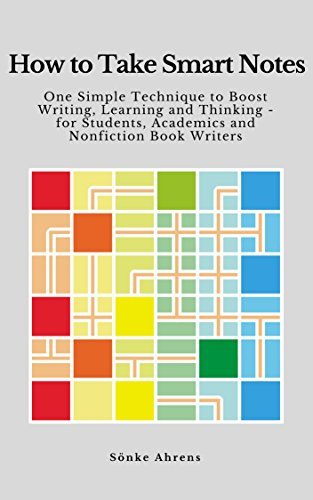What do you think?
Rate this book


178 pages, Kindle Edition
First published February 24, 2017
“An idea kept private is as good as one you never had. And a fact no one can reproduce is no fact at all.”
“Learning, thinking, and writing should not be about accumulating knowledge, but about becoming a different person with a different way of thinking. This is done by questioning one’s own thinking routines in light of new experiences and facts.”